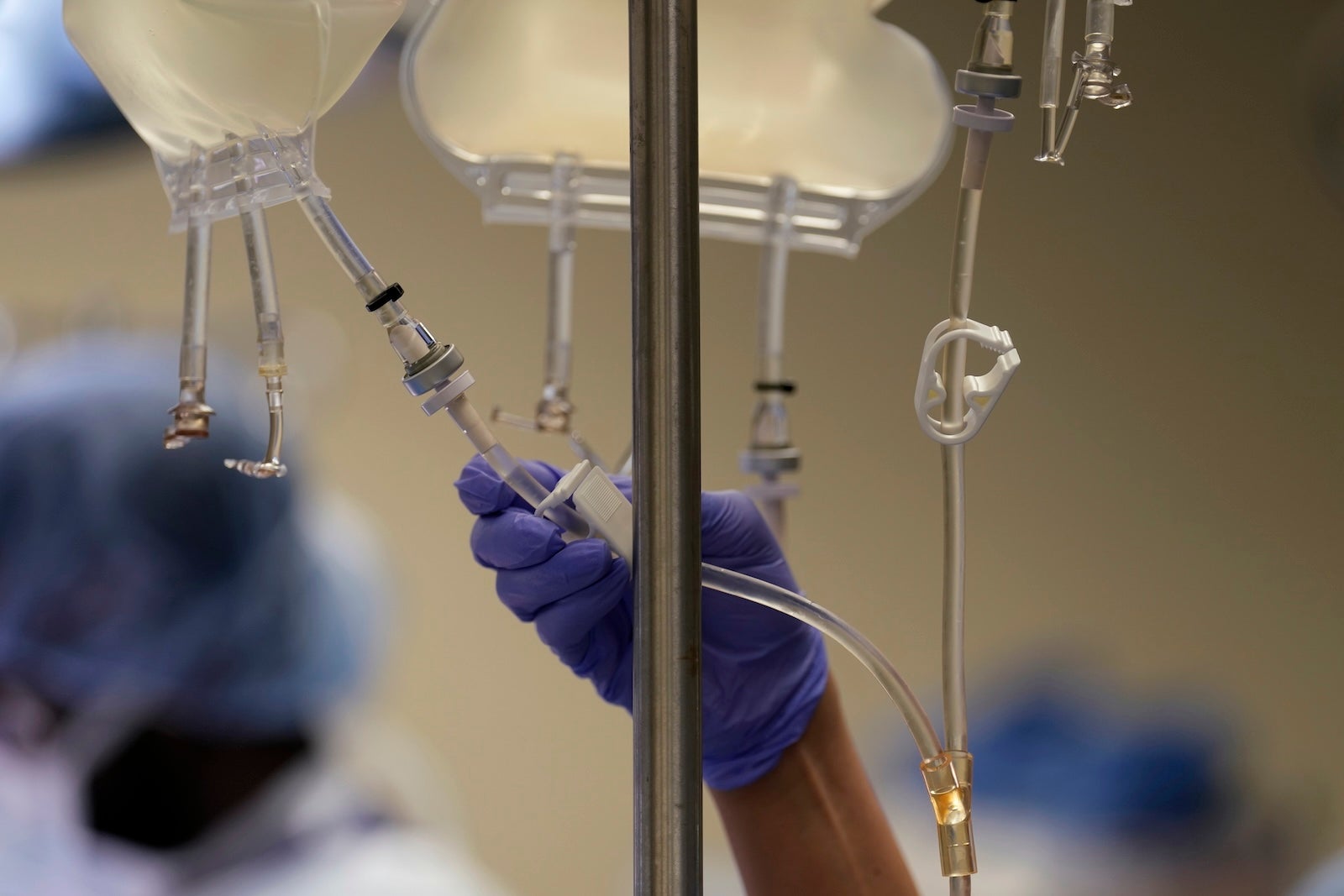Despite a Pennsylvania law setting new requirements around addressing lead in school drinking water, a report released Wednesday highlights loopholes in the law — and says schools, and the state, are failing to adequately protect children from a contaminant that can cause nervous system damage and learning disabilities.
The findings, which come from a series of Right-to-Know requests sent to nine districts — including three in the Philadelphia suburbs — show problems with both frequency and methods of testing, as well as how results are reported, according to PennEnvironment, an environmental research and advocacy group.
“It’s the tip of the toxic lead iceberg, I think in some ways,” said Stephanie Wein, a clean water advocate with PennEnvironment.
Here’s what the report found, and how some districts are avoiding testing their water or publicizing test results:
What does Pennsylvania law require?
Starting in the 2018-19 school year, schools have been required to either test drinking water for lead annually or “discuss lead issues in the school facilities” at a public meeting. Districts with results that exceed the U.S. Environmental Protection Agency’s standard must report them to the Pennsylvania Department of Education, which posts the elevated levels and how districts are addressing them.
That provision allowing districts to not test is a problem, PennEnvironment says — as is the fact that schools are not required to test a minimum number of water outlets, such as sinks or drinking fountains, or to report the results directly to parents or others in a district.
What are some Philly-area districts doing?
PennEnvironment sent Right-to-Know requests to nine of the largest districts across the state, including Norristown, Upper Darby, and West Chester. (Other districts included in the review were Altoona, Bethlehem, Harrisburg, Hazleton, Scranton, and York.)
The responses from each of the districts indicated flaws with the law and how districts are following it, according to PennEnvironment. Norristown has not tested its water for lead since 2019, the report says, and has “instead simply held the required meeting in which they stated their intent not to test, thus satisfying the requirements of the law.” It said the district appears to be planning to test in 2024-25.
In West Chester, according to the report, no testing was performed in 2020-21, though all school drinking water fountains were closed that year. Testing was conducted in 2021-22, but wasn’t in 2022-23; instead, the subject was discussed in a March 2023 school board committee meeting, where minutes indicate the committee was advised that “testing was completed last year and would continue to be tested on a 2-to-3-year cycle.”
Testing “so infrequently provides no real protection,” the report says, because lead is a moving contaminant absorbed into water from pipes and fixtures; how quickly that absorption happens depends on environmental factors.
While Upper Darby is testing two outlets in each school — the nurse’s office and kitchen — PennEnvironment says that sample size is “useless as a basis for determining whether that system contains lead contamination,” again because of the way lead is absorbed into water.
The report also says it couldn’t find any discussion of lead in drinking water on Upper Darby’s website, and while it found some reference to testing in board minutes, it didn’t find test results.
The Norristown district said in a statement Wednesday that it was “fully compliant” with the law.
”The health, safety and well-being of our students, families, and community members is and will continue to be our top priority,” said Superintendent Christopher Dormer.
Upper Darby and West Chester did not immediately respond to requests for comment Wednesday.
What do advocates say needs to happen?
The report — which also found that some elevated test results from districts were missing from the state education department’s website — said Pennsylvania policymakers need to adopt a new approach to lead in schools, shifting from a “test-and-fix” model to requiring that schools replace drinking fountains with lead-filtering water bottle filling stations, and install lead-capturing filters “on all other taps used for drinking, cooking and beverage preparation.” There should be one filtered outlet for every 100 students and staff, the report said.
By installing filters, “you don’t need to tear out every pipe,” Wein said. Though lead-containing infrastructure always remains a risk, she said, the filters provide “peace of mind that, 24/7, our water is being treated, our kids are being protected.”
Wein noted that Philadelphia schools have been installing filters, with a new City Council requirement that the district remove lead from its drinking water by 2025. The district has received federal money for the effort.
Legislation introduced in the Pennsylvania House and Senate would require school districts to install filters by 2026; under the proposal, the department could award up to $10 million in grants a year for three years to support the requirement.

/cloudfront-us-east-1.images.arcpublishing.com/pmn/J5XRTYKI4FDZHAVJKECXEV6BZA.jpg)

























